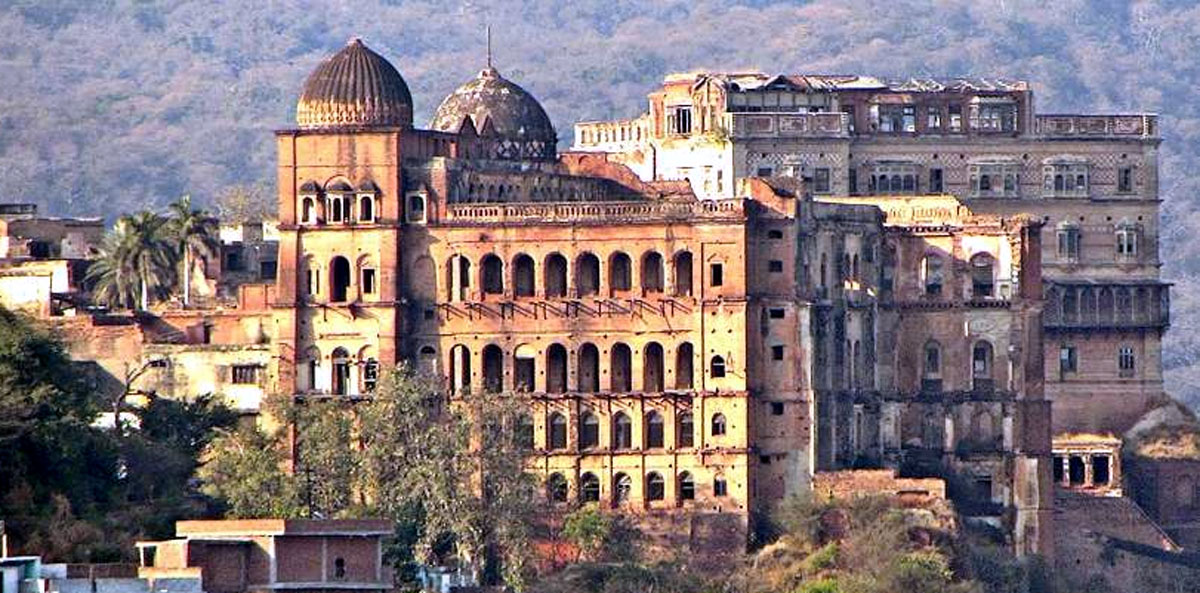Having felt the need of taking stock of the present status of various heritage sites in Jammu and Kashmir and how much, sooner than later, most of them required to be urgently renovated, repaired and a few probably saved from some of their portions giving way due to dilapidated condition, the UT Government identified 35 of such sites to be brought under the ambit of ”restoration” programme. Not entirely needless to mention, successive State Governments did not have this important aspect of our glorious past to have due attention attracted and thus according priority in that small beginnings in this connection would have resulted in many a site having been restored effectively. As is fairly known that Jammu and Kashmir has its own peculiar and varied cultural, social, historic, architectural and religious significance of the past embodied in and projected through these sites , there being no doubt more than 35 of such sites across the UT but even if the selected 35 are restored as planned , the UT can claim to be among those states and UTs who accord importance to heritage to be restored, preserved and carried forward to future generations. Besides, we could showcase them for purposes of promoting tourism and providing enough material for historians, academicians, research scholars and the like who want to know more about the peculiar and significant importance about these sites hence about the period they were built so that more was known about them and elaborately by the people. Further, in this connection, an initiative having been taken by the UT Administration and having, therefore, selected 18 of such sites in Jammu division and 17 in Kashmir division for revival ,restoration, preservation and maintenance in addition sanction having been accorded for their restoration is a commendable step taken in the right direction. However, Executive Committee constituted for the purpose which accorded approval to the noble but important project and nearly two months period having since gone , no development is seen on the ground for reasons better known to the concerned Department of Archives, Archaeology and Museum. The rainy season has already set in and generally the sensitive work of the restoration cannot obviously be started while in a few sites, fiddling with the structures during the current season could cause problems instead of any gain to such sites. However, ancillary works like approach roads, public amenities, landscaping, lighting , signboards etc could be started for which all procedural formalities must be speedily completed, if not done by now. Heritage consultancy is crucial to such restoration work and since the same probably is not available within the UT , it could be outsourced for which administrative directions have already been passed on . Once such services are identified /selected , nitty gritty of the work to be undertaken in each of the identified site could be finalised followed by the usual tendering process. We feel that the nature of the job in respect of the ambitious project being peculiar to individual site’s architecture and workmanship , various procedural formalities and requirements expected to take its own time need to be expedited . At the cost of repetition, let all the formalities, paper work, tendering process, sanctions and funds management related decisions be completed during the current rainy season so that latest by September this year the restoration work actually starts .
Trending Now
E-Paper


